Research and Studies
There are a growing number of research studies examining the benefits and correlates of compassion.
The following table provides a list of 14 examples:
Increased compassion is related to increased happiness and decreased depressionShapira & Mongrain, 2010
| Main Findings |
Citation |
| Compassion interventions promote social connection |
Seppala, Rossomando, & James, 2013 |
| Compassion interacts with social support to buffer against physiological reactivity to stress |
Cosley, McCoy, Saslow, & Epel, 2010 |
| Compassionate love is related to long-term HIV survival |
Ironson, Kremer, & Lucette, 2018 |
| Compassion is reported by patients and nurses as an important motivator of cooperative behavior between patients and staff aimed at achieving important care outcomes |
Van der Cingel, 2011 |
| Compassion is associated with improved parent-child relationships |
Duncan, Coatsworth, & Greenberg, 2009 |
| Compassion for teachers expressed by colleagues is linked to increased teacher job satisfaction, organizational commitment, and sense of emotional vigor |
Eldor & Shoshani, 2016 |
| High self-criticism and low habitual self-compassion are related to a higher risk of depression |
Ehret, Joormann, & Berking, 2014 |
| Self-compassion buffers the impact of stress via self-kindness and positive cognitive restructuring |
Allen & Leary, 2010 |
| Self‐compassion is related to increased well‐being |
Zessin, Dickhäuser, & Garbade, 2015 |
| Self-compassion buffers against anxiety, and is linked to increased psychological wellbeing |
Neff, Kirkpatrick, & Rude, 2007 |
| Self-compassion is associated with positive aging |
Phillips & Ferguson, 2013 |
| Self-compassion is related to reduced PTSD symptom severity |
Thompson & Waltz, 2008 |
| Self-compassion is linked to reduced burn-out among medical professionals |
Mills & Chapman, 2016 |
Why is Compassion Important and Necessary?
Since Seligman and Csikszentmihalyi (2000) originally set the groundwork for the positive psychology movement 15 years ago, many exciting research studies have emerged within the field. Included within this research is the aim of increasing the understanding of important predictors of prosocial outcomes, such as compassion.
But why compassion? Seppala, Rossomando and James (2013) describe social connection as an underlying drive of human behavior, even at the physiological level. As we are a highly social species, fostering meaningful relationships is an essential aspect of healthy human adjustment.
Establishing such connections requires the ability to express care and concern for other people, as well as to identify with them. This latter concept has been termed ‘perspective taking’ (Kashdan, & Ciarrochi, 2013) and is an area of importance in relationship-building because being able to identify with another person’s feelings is strongly related to empathy.
Compassion and empathy are fundamental aspects of quality relationships as they enable kind and loving behavior. Compassionate behavior such as volunteer work also has been associated with positive outcomes such as increased academic aspirations and self-esteem among adolescents (Kirkpatrick, Johnson, & Beebe, et al., 1998), as well as improved mortality rates among older volunteers (Yum & Lightfoot, 2005).
Not only does showing compassion for others make us feel better about ourselves, but self-compassion also serves an important function for wellbeing. Unfortunately, people often disparage themselves over mistakes for which they would readily forgive others. Yet, when we look beyond our flaws and treat ourselves with forgiveness and understanding, we increase our psychological health and wellbeing.
In fact, self-compassion has been reported as more beneficial than self-esteem because it strongly enhances emotional resilience without also fostering some of the negative correlates that have been associated with self-esteem (i.e., ego-defensiveness; Neff, 2011).
The reported relationships between both compassion and self-compassion with various positive outcomes represent exciting findings for both researchers and psychologists alike.
The Value and Power of Compassion
According to the Dalai Lama:
Each of us in our own way can try to spread compassion into people’s hearts. Western civilizations these days place great importance on filling the human ‘brain’ with knowledge, but no one seems to care about filling the human ‘heart’ with compassion. This is what the real role of religion is.
(Quotegarden.com).
This quote is pertinent to the field of medicine, wherein medical school training places a strong emphasis on the attainment of knowledge— with minimal attention given to the teaching of compassion.
This lack of attention to compassion in the medical field has been reported by patients, with one survey indicating that only 53% of hospitalized patients reported experiencing compassionate care (Lown, Rosen, & Marttila, 2011).
However, for those experiencing serious or traumatic healthcare issues, bedside manner makes a huge difference in terms of the patient’s emotional and physical health. Moreover, it only takes one uncaring medical professional to discourage future trips to the doctor.
Clearly, the value and power of compassion are essential within the medical field. As patients face their pain, anxiety and fear; nurturing of the soul takes on a vital role in both healing and coping.
For example, in a 17-year longitudinal study of HIV patients, researchers found that greater giving of compassionate love and compassionate love towards oneself were predictive of longer survival (Ironson, Kremer, & Lucette, 2018). This finding is a true testament to the power of compassion.
While the value of compassion in healthcare has gained increased attention among researchers, especially in the field of nursing— it remains a neglected focus of training.
In a poignant story recently posted on Facebook (Treasureside.com), the value of compassion in the nursing field is beautifully articulated. This article chronicles a woman who lost her baby during delivery; it’s a raw and gut-wrenching description of her experience. Despite her despair, the mother used social media to convey her experience as a way of honoring the compassion of nurses.
In her ‘thank you’ letter, she expressed her gratitude to her nurses by noting the many loving and compassionate acts they displayed during her trauma. Here are a few of her expressions of appreciation toward the nurses:
- “Thank you for being my advocate when I couldn’t speak up because I was too busy fighting for my life.”
- “Thank you for holding me as I wept at the burden [breast milk] I could not release. Your embrace did nothing to lighten the heaviness in my breasts, but you brought a glimmer of light into my very dark world.”
- “Thank you to the nurse in the ICU who came in to clean me up after my daughter died. Thank you for taking the time to help me wash my face and brush my hair.”
- “Thank you to the nurse who dressed my baby and took her picture. Thank you for making sure her hat didn’t cover her eyes and that her hands were positioned gracefully.” (Treasureside.com).
This beautiful letter says everything about the necessity and power of compassion among nurses, who – especially in situations such as this one— often represent the healthcare professionals who nurture patients through their worst nightmares.
The article portrays, not just one or two compassionate nurses; but a full team of caring individuals who seemed to work together in fully embracing a devastated family’s emotional, psychological, and physical needs. These skills go well beyond medical training; they reflect a depth of understanding and sensitivity that is the epitome of kindness, generosity, and love.
Compassion has been described as the “essence of nursing” (Chambers & Ryder 2009), as it requires the ability to perceive the patient’s experience while promoting healing and alleviating suffering. Training healthcare workers in compassion becomes complex because everyone expresses and receives compassion differently.
In their qualitative study of hospital patients in the United Kingdom, Bramley and Matiti (2014) explored patients’ experiences of compassion during their nursing care.
Patients defined nursing compassion in the following ways:
1) Compassion was reported as strongly connected to care, involving encouragement, plenty of time dedicated to patients, and individualized, personal care;
2) Empathy was also considered important and included the desire for nurses to understand how the lack of compassion might feel to a patient; and
3) While the value of compassion did not waver among patients, they disagreed about whether it represents a teachable quality versus an innate trait.
The authors suggest that clinical practice emphasize the importance of nursing compassion by using compassionate care activities (i.e., hearing patient stories, role-playing compassionate behavior, etc.; Bramley and Matiti, 2014). Therapeutic materials based on Mutzel’s therapeutic relationship model have also been designed to teach student nurses how to be more compassionate and empathetic toward patients (Richardson, Percy, & Hughes, 2015).
Of course, there is no reason for compassion within healthcare to be a requirement only for nurses; doctors also have a responsibility to respond to patients in a way that reduces anxiety and promotes wellness and coping— especially for patients dealing with serious illness.
One study found that physicians significantly reduced anxiety among cancer patients by simply providing a 40-second compassion video to patients (Fogarty, Curbow, & Wingard, et al., 1999). Moreover, among patients who viewed this short video, doctors were rated as higher in caring, compassion, and warmth.
If 40-seconds of compassion can make a meaningful difference in reducing patient anxiety, why not ensure that it is consistently applied during patient-doctor conversations?
We are all familiar with the flight video instructing parents to provide oxygen for themselves before their children. This is because we can only help others if we take care of ourselves first; otherwise we have nothing to offer.
Along these lines, the notion of self-compassion is gaining increased attention in healthcare research. Doctors, nurses and other medical professionals may work long hours doing highly stressful work. Self-compassion is an important way for such healthcare professionals to practice self-care and -kindness in order to prevent burnout.
Compassion fatigue (to be subsequently described) and burnout are significant nursing stressors (Neville & Cole, 2013), with research reporting moderate to high levels of burnout among 82% of ER nurses (Hooper, Craig, Janvrin, Wetsel, & Reimels, 2010).
Visualize, for example, a nurse or physician who works a 12-hour shift in a busy emergency room. There are times when he/she may be exhausted with little time to eat; all the while experiencing the stress and sense of personal responsibility that comes with life or death situations.
By emotionally restructuring cognitions in a way that is consistent with self-compassion (i.e., by understanding that some events are beyond one’s control), the medical professional will be better able to cope with highly stressful situations.
Despite the logical justification for increased self-compassion among healthcare workers (including benefits to patients), there isn’t a great deal of research or medical training emphasis on self-compassion.
Consequently, physicians tend to instead value personal qualities such as perfectionism (Mills & Chapman, 2016), which is an important omission. After all, self-compassion predicts reduced anxiety and increased psychological wellbeing (Neff et al., 2007)— qualities that will only serve to enhance the ability of medical personnel to perform quality work.
Read more about compassion training here.
 Compassion is as vital to life as the air we breathe. For in the absence of compassion, how many benevolent, selfless and heroic deeds would have happened throughout history?
Compassion is as vital to life as the air we breathe. For in the absence of compassion, how many benevolent, selfless and heroic deeds would have happened throughout history?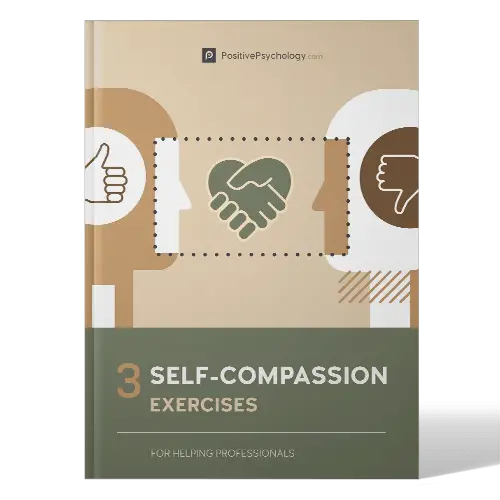
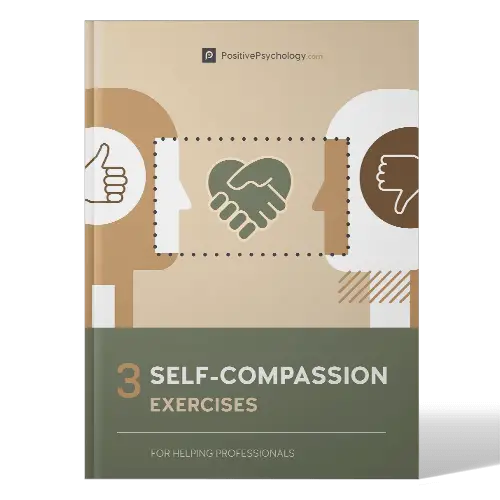
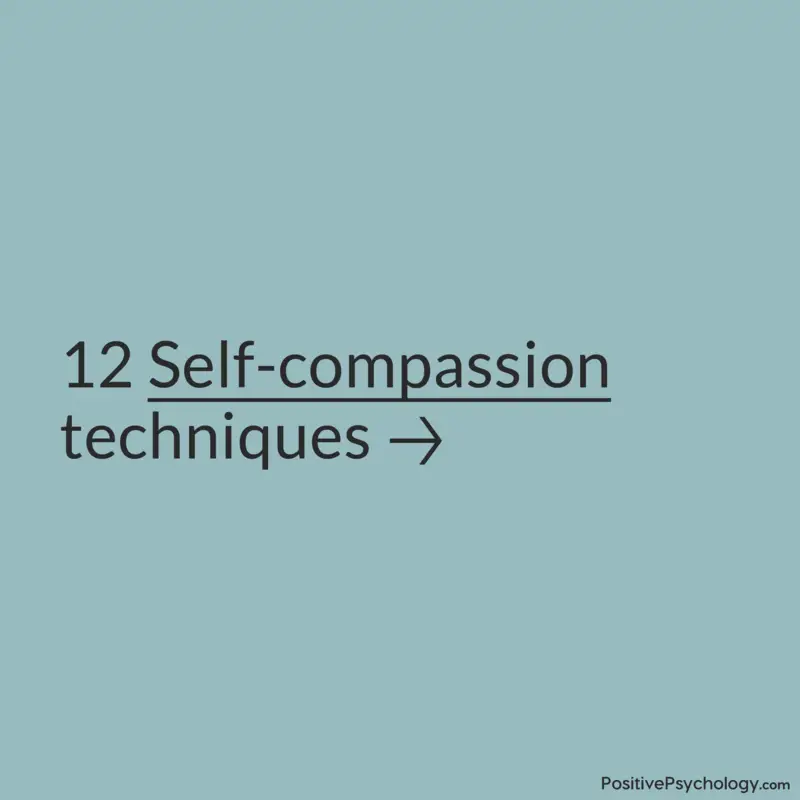
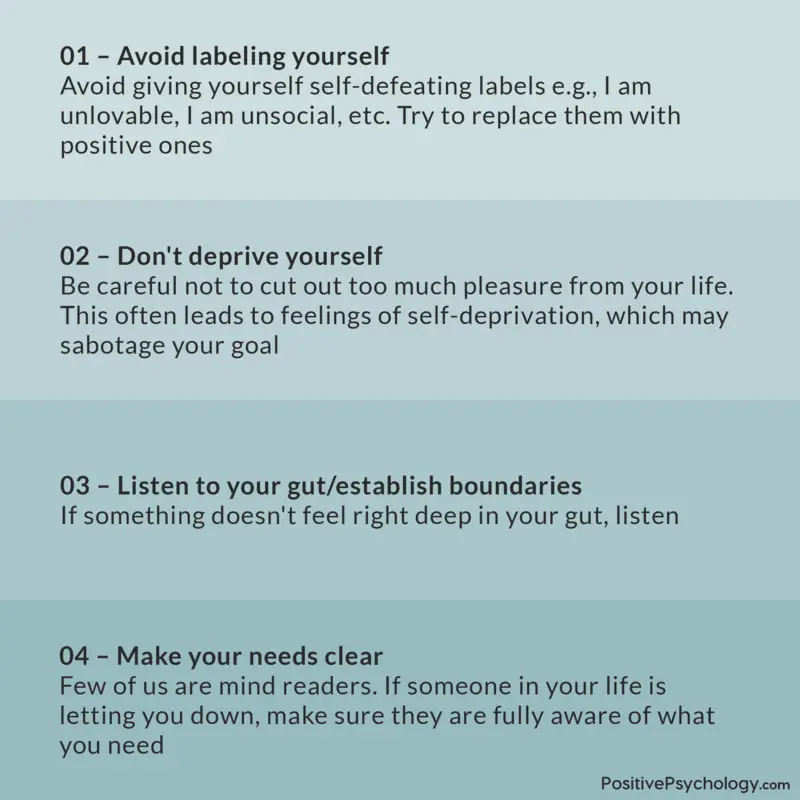
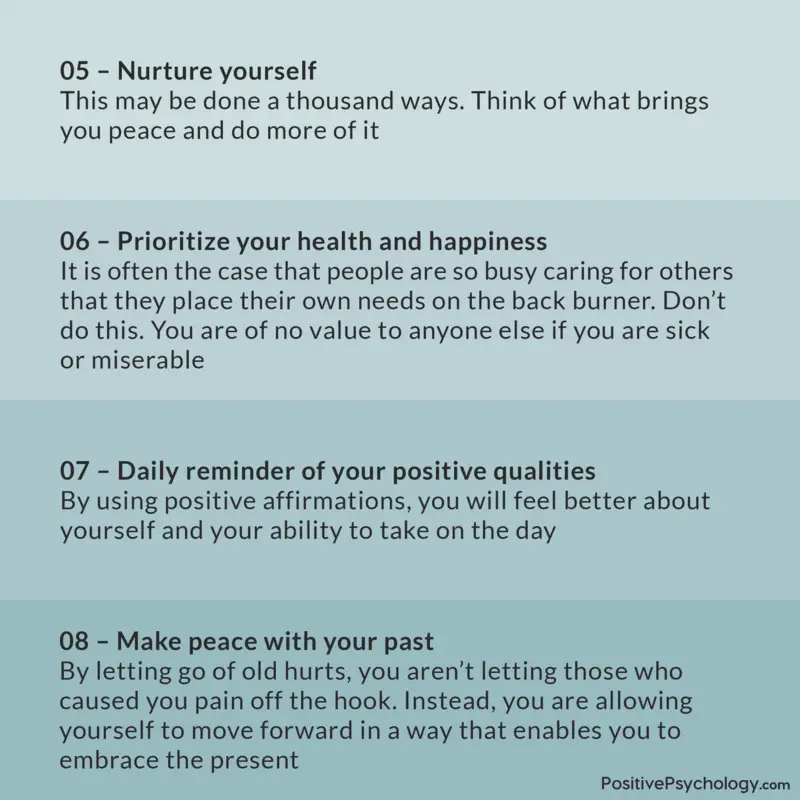
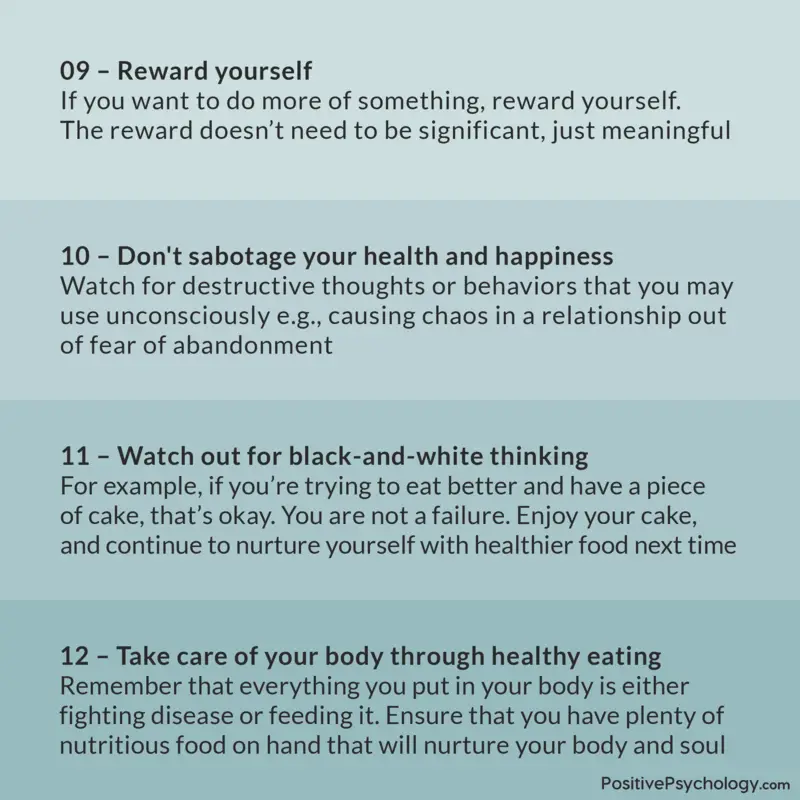



What our readers think
You know articles like this are a dime a dozen and always state the obvious and can actually work with relatively normal people. Compassion can be a good thing and everyone knows it. But sometimes compassion is not a good thing and can even make things worse. For example, one may give a gift out of compassion to someone may misread the intent. And, sometimes when you show compassion by helping someone, and not especially expecting a thank you, it can hurt if the help goes unrecognized. If it happens once its not too bad and you can get over it. But, if the situation continues to happen, it can make you not want to share anymore with some people.
Steve, these are great challenging reflections. Such articles can feel trite, but it’s when we really sit and examine compassion in our inner life and in our relationships, and how it works, that they become meaningful. Your described situations in which compassion leads to ‘bad’ outcomes maybe are situations where people’s expectations are unrealistic that they know best what will be helpful to others or that they are able to control others’ response. Compassion is not the problem in these situations. The trouble is a lack of discernment about what will actually be of help to the other person. Truthfully, we can never know for sure how to help, but it doesn’t mean that compassion is any less valuable as a motivation. In fact, the not knowing may make compassion all the more important. If compassion is strong, we are more likely to keep trying to figure out how to be of help, even when we fail or have our efforts ignored. Maybe we even see that we have helped, and that feels good even though our efforts are ignored by others. That we we are rewarded intrinsically, even if no one notices from the outside. Maybe we realize that the part of us that wants to be thanked is actually self-centered, so we really were not acting entirely out of compassion after all? The intrinsic desire to help is what compassion is referring to, and it need not be impacted by whether or not we are acknowledged for helping or whether we are able to help. The desire is there, and it can be cultivated and sustained, and it can be extended to be more inclusive. over time. This great article explains why this is beneficial to ourselves, not just others! To learn more about compassion experientially, perhaps see The Compassion Shift at Emory University, a training program to make sense of these things on a practical, on-the-ground level.
An exceptionally good article addressing the most urgent need of society today. Compassion to others and self will enable practitioners (anyone including parents) to view their roles and life in a balance way. Compassion to others and self are equally important for the ministers of religions and their team/associates.
I personally found this article very useful because I am a parent and I work with people who have autism and severe learning disabilities.
compassion is a valuable human quality for all ( most of all those in the helping professions) As an executive coach and church counselor I am often perplexed as to the dividing line between identifying with the client and /or keeping a professional distance; such that the client has the ownership of the issue and YOU the coach/counselor is the objective observer or solution provider.
Thank you so much for your article on compassion, highlighting it’s importance in today’s COVID-19 context and how sick the world would be without compassionate people around. It is due to lack of compassion that so much of stigma is created around COVID 19. Very true. Compassion promotes personal as well as Society’s well being. Thank you again.
Hi Sr. Mary,
Thank you for your kind words. Indeed, the world would do well if we all worked hard to show one another that little bit more compassion in the wake of this crisis.
I hope you are keeping safe and well.
– Nicole | Community Manager
Your writing on compassion is spot on. Thank you for doing this article. I am sharing it with Compassionate Pomona and Compassionate California so that others can benefit from your research. You are right that what the world needs now is compassion in action everywhere.
Hi Diana,
Couldn’t agree more. We’re glad to hear that this post resonated with you, and thank you for sharing it.
– Nicole | Community Manager
Is this peer reviwed journal
Its informative article thanks.
Thanks, Heather, for this great overview.
Some people fear that self-compassion leads to being too lazy. While being hard on oneself is certainly no good recipe for well-being, it has worked for many to be successful. Or so it seems.
Do you know of any scientific research shedding light on this issue?